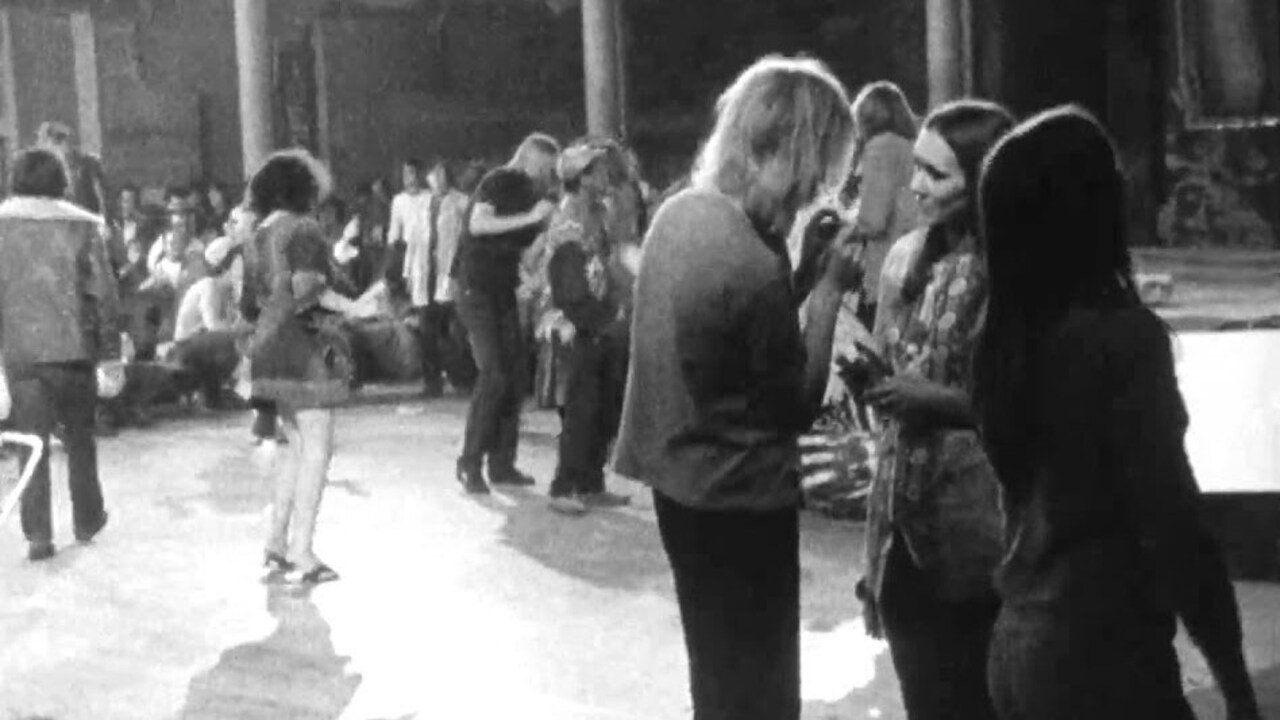
Dance Festival
1969
0h 21m
0.0(0 votes)
Documentary
Overview
Join distracted onlookers at a protest “be-in” at Camden’s Roundhouse –alongside portraits of Lenin and a giant inflatable phallus.
Production Companies

Videos & Trailers
2 videos

Join distracted onlookers at a protest “be-in” at Camden’s Roundhouse –alongside portraits of Lenin and a giant inflatable phallus.
